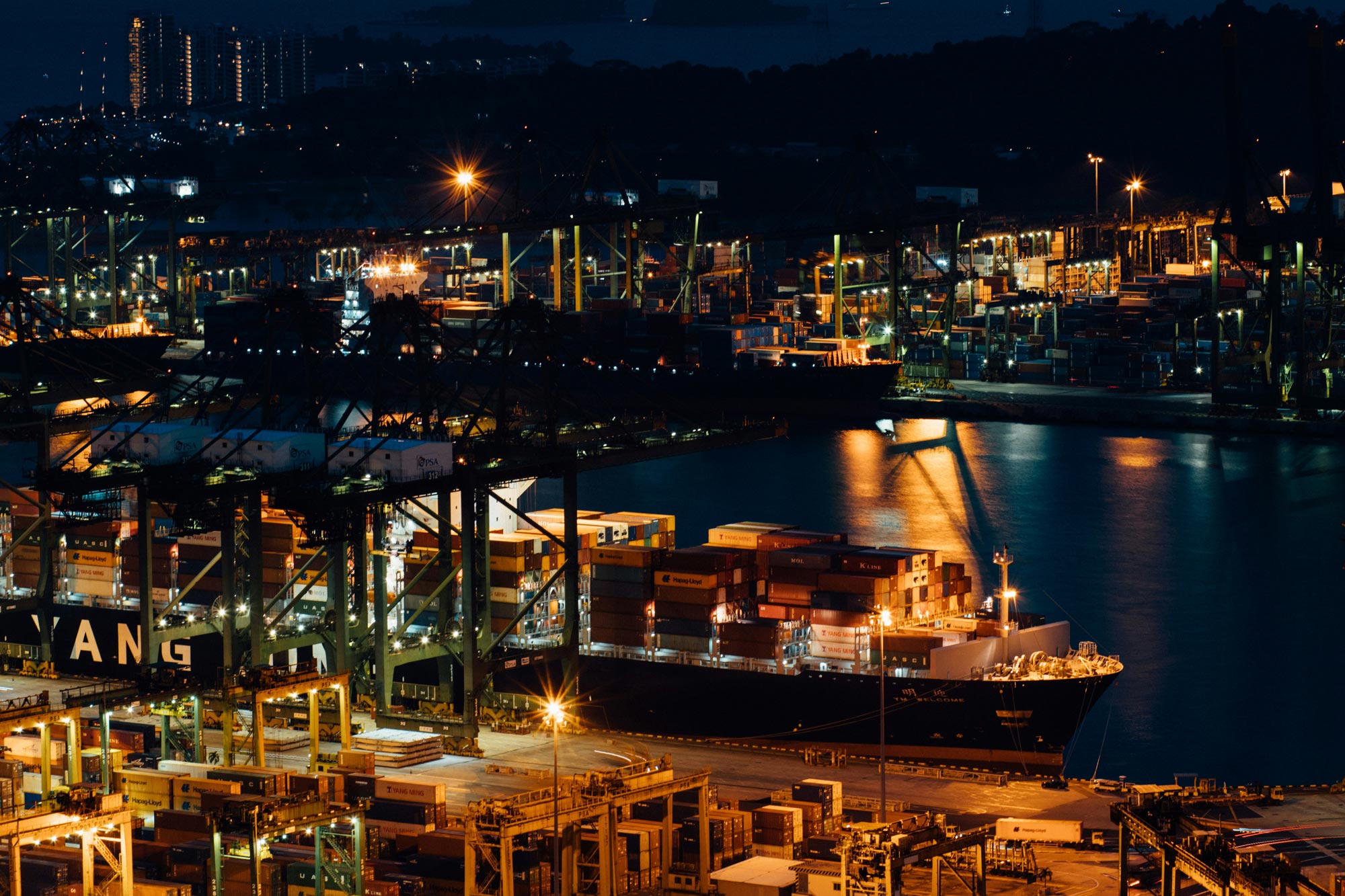What Is the 4200 Procedure in Import and What Are Its Benefits?
The 4200 procedure is one of the import solutions that allows for the deferral of VAT payment during customs clearance under the 4200 procedure. It is a legal method used by businesses importing goods from outside the European Union, which allows them to avoid immediate VAT settlement when introducing goods into the EU customs territory. The 4200 procedure and VAT means that the tax obligation is postponed to the next stage of the transaction, allowing the importer to account for VAT only at the time of further sale in another EU member state.
This mechanism improves cash flow by preventing the importer from having to freeze funds for tax payment at the customs clearance stage under the 4200 procedure. Using this procedure brings numerous benefits such as reduced operating costs, simplified accounting, and the elimination of lengthy VAT refund processes. This import procedure is especially popular among trading and logistics companies that bring goods into the EU for further distribution. To take full advantage of this option, it is essential to understand the applicable legal and administrative requirements.
Conditions for Using the 4200 Procedure in Import
Regulations governing the 4200 procedure define specific conditions that must be met for a business to apply it. Primarily, the import procedure applies only when goods imported from outside the European Union are intended for further delivery to another EU member state. This means the importer cannot retain the goods for domestic use in the country where the customs clearance under the 4200 procedure is conducted.
To use this solution, certain formal and legal requirements must be met. The recipient of the goods must be an active VAT payer in the destination country, and the goods must physically leave the country where the customs clearance under the 4200 procedure took place. Additionally, appropriate customs and tax documents must be submitted to confirm the transaction's legality and compliance with the procedural requirements. These requirements may vary by country, so it is vital to stay updated with local regulations and cooperate with an experienced customs agency.
What Documents Are Required for the 4200 Procedure in Import?
To ensure that customs clearance under the 4200 procedure is smooth and compliant, the importer must present appropriate documentation, including:
- Commercial invoice with full transaction details
- Transport documents (waybills, bills of lading)
- Customs declaration with proper 4200 procedure codes
- Proof of receipt of goods by the buyer in the destination country
Documentation must be complete and correctly filled out, as any errors may result in delays or legal consequences. Customs authorities may verify the documents to ensure that the 4200 procedure and VAT were properly applied and that the goods actually left the country of customs clearance under the 4200 procedure.
Why It’s Worth Using Expert Help with the 4200 Procedure in Import
Due to the complex nature of 4200 procedure regulations and the need for full legal compliance, working with a professional customs agency can significantly ease the process for importers. Customs services include comprehensive consultancy, assistance in document preparation, and representation before customs authorities. A customs agency can also monitor the entire process to eliminate errors and ensure smoother clearance procedures.
How to Benefit from the 4200 Import Procedure
To successfully implement the 4200 procedure in import, a business should ensure accurate documentation and cooperate with an experienced customs agency. Customs clearance under the 4200 procedure involves many formalities, which is why working with specialized customs service providers like Serwis Celny Nieten can significantly streamline the process. Experts in this area help importers not only complete the customs clearance under the 4200 procedure properly, but also fully leverage the advantages this import procedure offers.

 English
English  Polski
Polski 



